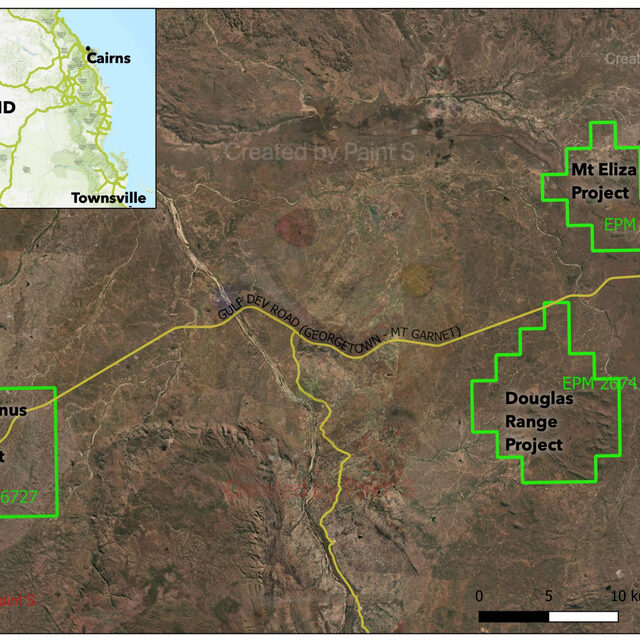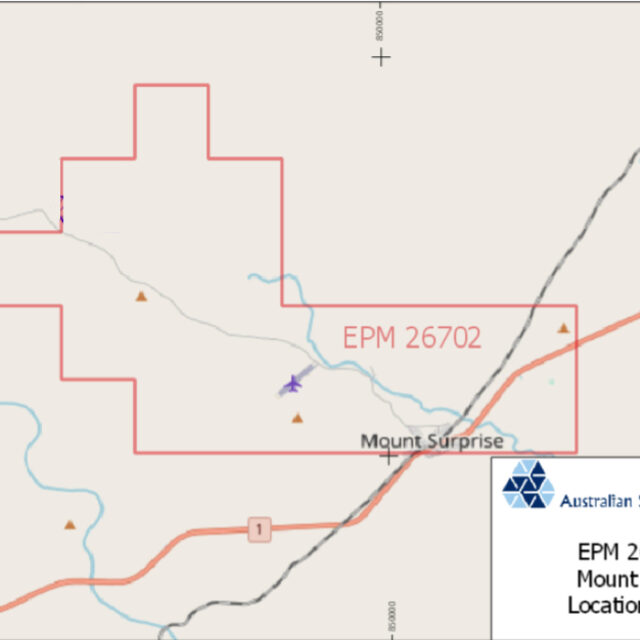SILICA SAND AND QUARTZ OVERVIEW
Silica (SiO2) naturally occurs as the mineral quartz, or silica sand and is a major component of many igneous and sedimentary rocks. Silica can be found naturally in a number of forms - as a hard rock quartz vein or reef, as quartz pebbles, or as sandstone, quartzite, or as sand. Excluding sand and gravel that is used in the construction industry, the World consumption is approximately 120 million tonnes per year.
The main use of silica is for flat and container glass manufacture, with approximately 60% of each glass batch being silica sand. Silica sand is also used in metal foundries where it is bonded with synthetic resins to make moulds and cores for casting metals. In oil drilling, silica sand is used as fracking sand which is a rounded shaped sand that is used during the drilling process to improve permeability. In the metallurgical industries, lump silica (quartzite) is used as a flux in metal smelting, and as a raw material for the manufacture of ferrosilicon. Silica sand is used in a variety of ceramics and specialty glasses, and is the raw material for manufacture of silicon compounds such as silicones, silanes, and high-purity silicon metal for semiconductors.
Growing Silica Sand Market
The silica sand market is forecast to grow in coming years with the market for silica sand in the Asia/Pacific region forecast to increase by 6.1 % per annum to 138 million metric tons in 2018, to a value of $4.0 billion.
In the coming years expanding manufacturing and construction activity will increase the output of flat glass, building materials, and other products manufactured with industrial sand. In the glass market, rapid increases in the production of flat glass used in electronic screens will support consumption.
Another factor contributing to the increase in silica sand consumption is the continuing rise in the rates of vehicle ownership and increasing motor vehicle output which will necessarily increase the production of automotive flat glass and associated use of industrial sand. General overall gains in manufacturing activity in the region will also promote healthy gains in the foundry segment, which is forecast to increase by 4.8 percent per year through 2018. Suppliers of silica sand are expected to benefit from increased output of fabricated metal products for the construction, mining, motor vehicle, and other industries, which will support sales of sand for the production of metal casting molds.
A relatively new market is the ultra high purity quartz or silica market. This product is used in the solar panel and semi conductor industries. It is a high value lower volume product which is in a growth phase and is aligned with the growth in the solar energy industry.
"The silica sand market is forecast to grow in coming years with the market for silica sand in the Asia/Pacific region forecast to increase by 6.1 % per annum to 138 million metric tons in 2018, to a value of $4.0 billion."



